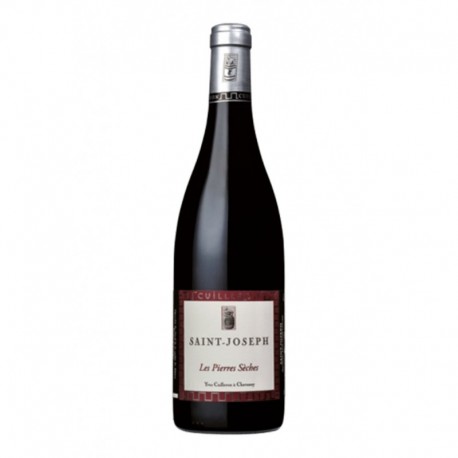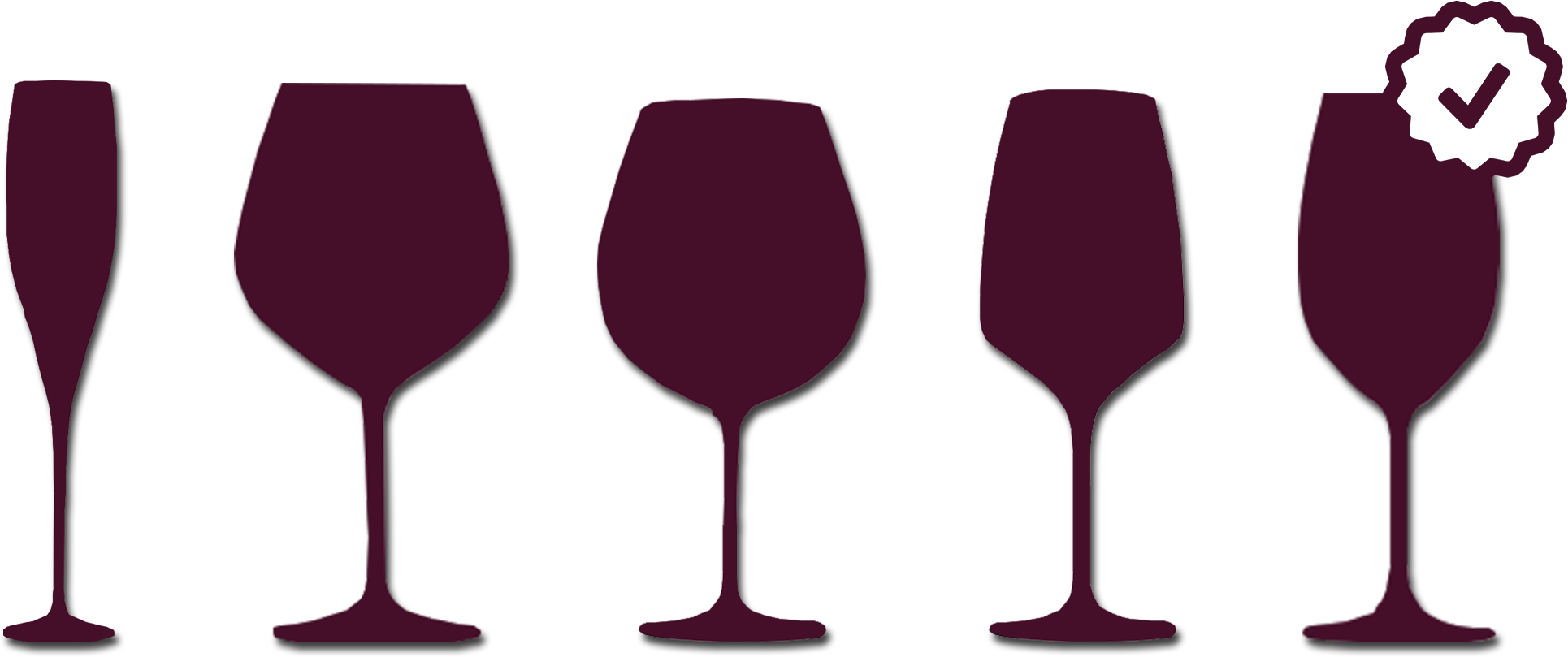No products







Yves Cuilleron Saint Joseph Les Pierres Sèches 2019
| Region | Rhône Nord |
| Appellation | Saint Joseph |
| Producer | Yves Cuilleron |
| Color | Red |
| Grape variety | Syrah |
| Visual aspect | Dress deep red |
| Odor characteristic | Aromas of red fruits and spices |
| Taste attributes | flexible and round mouth |
| Aromas | Fruity, spicy |
| Type of terroir | Sandy, granitic, shallow. |
| Breeding container | 16 months in barrels. |
| Operating temperature | 16° |
| Aeration | 3H |
| Decanting | Non |

This product is no longer in stock
The energetic Yves Cuilleron started from the small family-owned Chavanay, hardly rich of 3.5 hectares planted by his grandfather, one of those farms were divided between vines and fruit. First bottled in 1947 and is an uncle who managed the estate from 1960 to 1987. Yves follows a different path, with a DUT in Mechanical Engineering; it's his military service, where he met the Alsatian wineries and Burgundy, which inoculated with the virus. After receiving training and internships, he took the field and starts when this generation of zero, the Gaillard Villard and others, with whom he founded later Wines of Vienna, another adventure. Then he began the creation of a vineyard, by dint of land purchases where the price was affordable at the time - many vineyards then took to the abandonment of the value at lightning speed. Then the rents, rental, it took replant, restore.
St. Joseph: The requirement for Nature! St. Joseph Vineyard extends on the right bank of the Rhone at the 45th parallel. Vineyards are planted on steep slopes, shaped terraces since antiquity. Formerly called "Mauves wine" are the Jesuits in the seventeenth century, gave it its name actuel.L'appellation is today known for its red wines from Syrah. These wines are both powerful and delicate, expressing aromas of pepper and spices, often with a violet notes mingled with more mineral notes. The name also produces 10% of white wines produced from grapes Roussanne and Marsanne.Les winemakers of the appellation, in the image of their land, have the requirement for Nature to produce the best wines, but they not austere provided.
Second wine region in France after Bordeaux, the Rhone region is one of the oldest in the country. The vineyard is divided into two zones: the northern Rhone Valley and the southern Rhone valley. Other areas furthest part of the region: Vivarais Luberon, through the Diois. The Bordeaux region can produce red, white and rosé, of all kinds: dry, soft, natural and sparkling. However, the red wines are produced in this region (representing 80% of production). At the heart of the southern area is the Grenache grape that made the red wines "solar". However, the vagaries of climate forcing growers to use the assembly technique to balance their wines. Some additional varieties: Syrah, Cinsault, Mourvèdre and Carignan. For white wines, the grape varieties used are: bourboulenc, Grenache Blanc, Clairette, Roussanne, piquepoul, Maccabeo, Marsanne, Vermentino or Picardan. Rosé wines from the same grape varieties as the red wines. In the northern area, for red wines, the syrah grape variety predominates. For white wines, the grape varieties used are: Viognier, Marsanne and Roussanne. The designations are the Rhone region are numerous: Cote du Rhone, Cotes du Rhone-Villages, communal AOC (Condrieu, lirac, Côte-Rôtie, Chateauneuf du Pape, etc.) and AOC independent (luberon, ventoux, grignan les adhémar ...).

